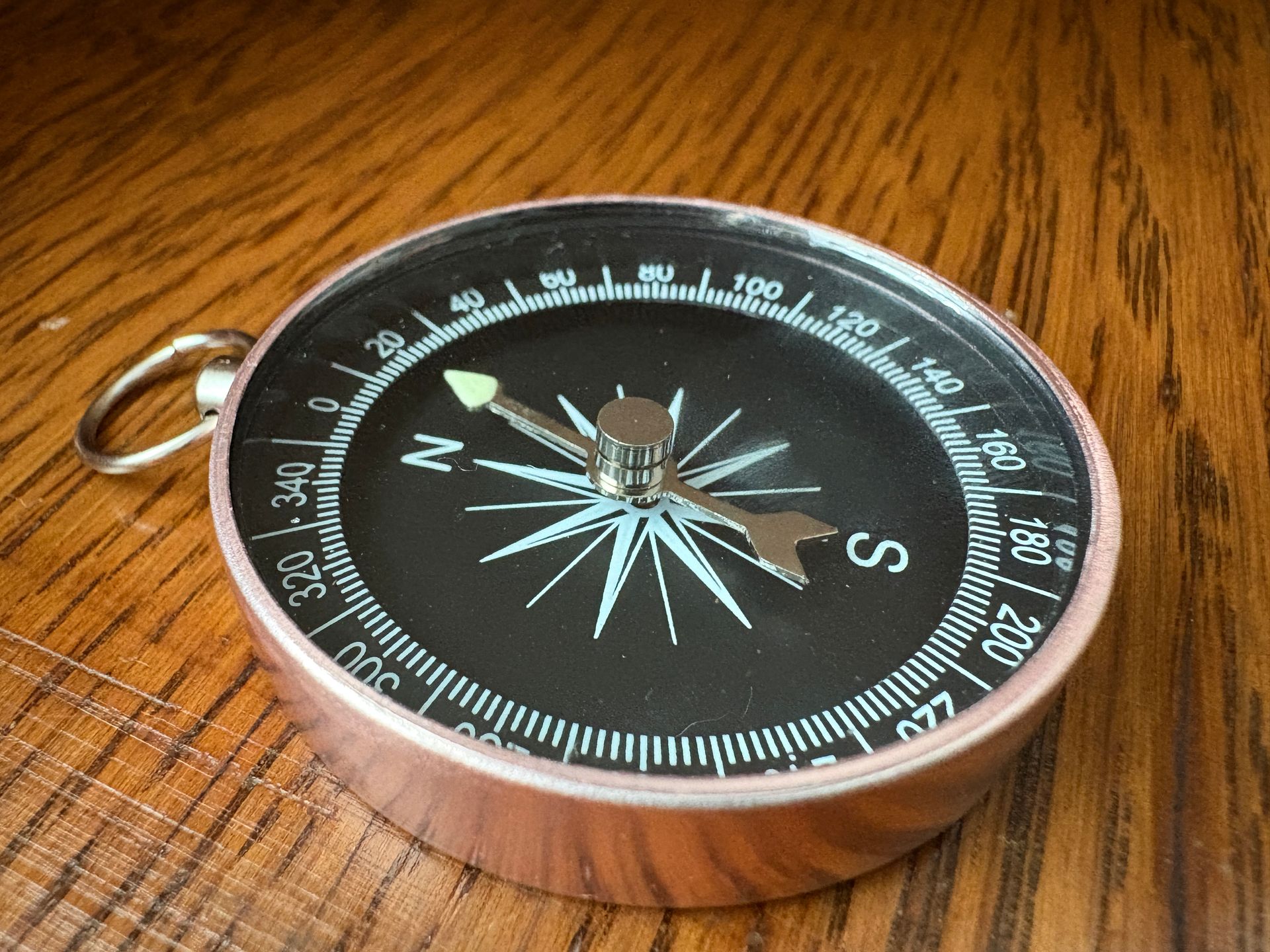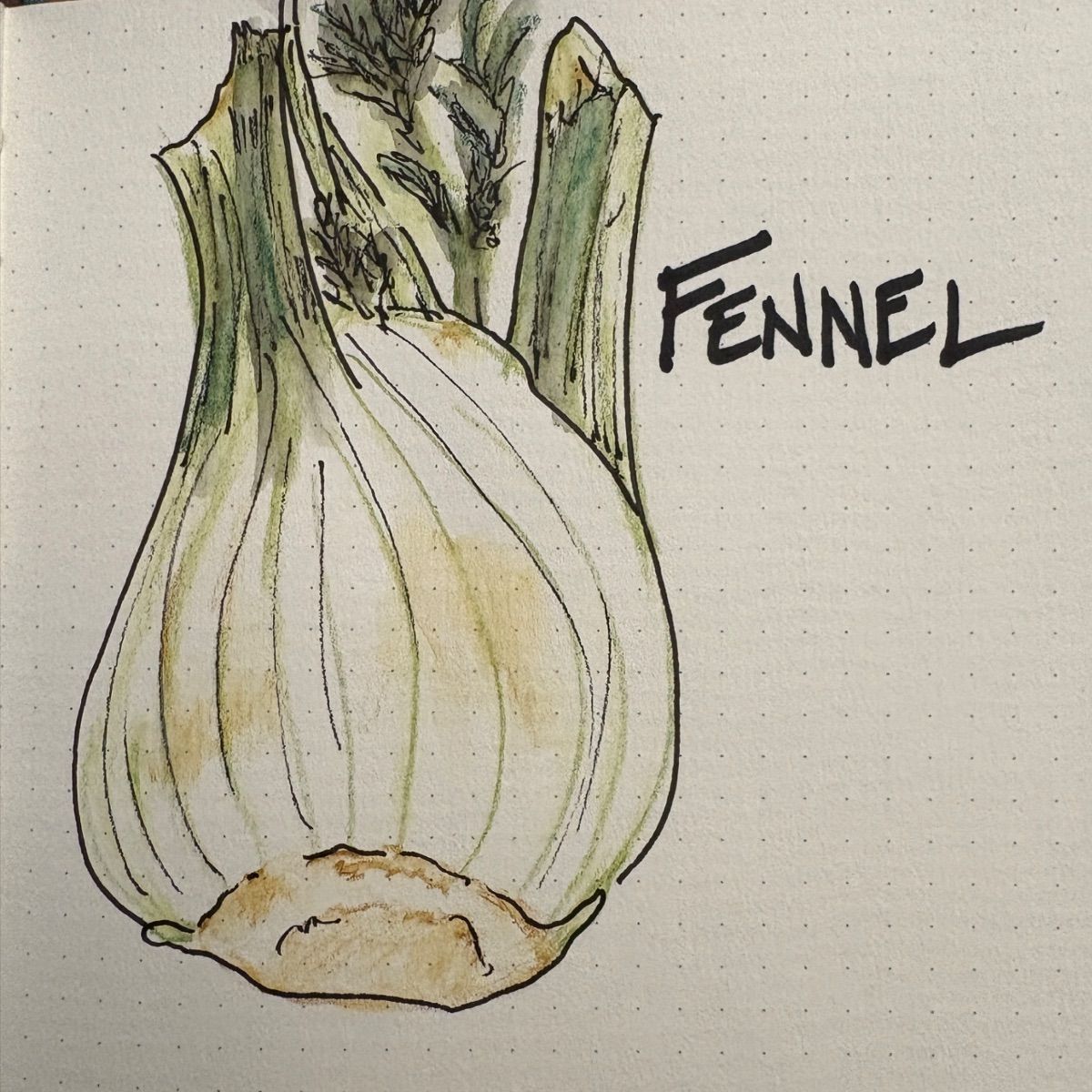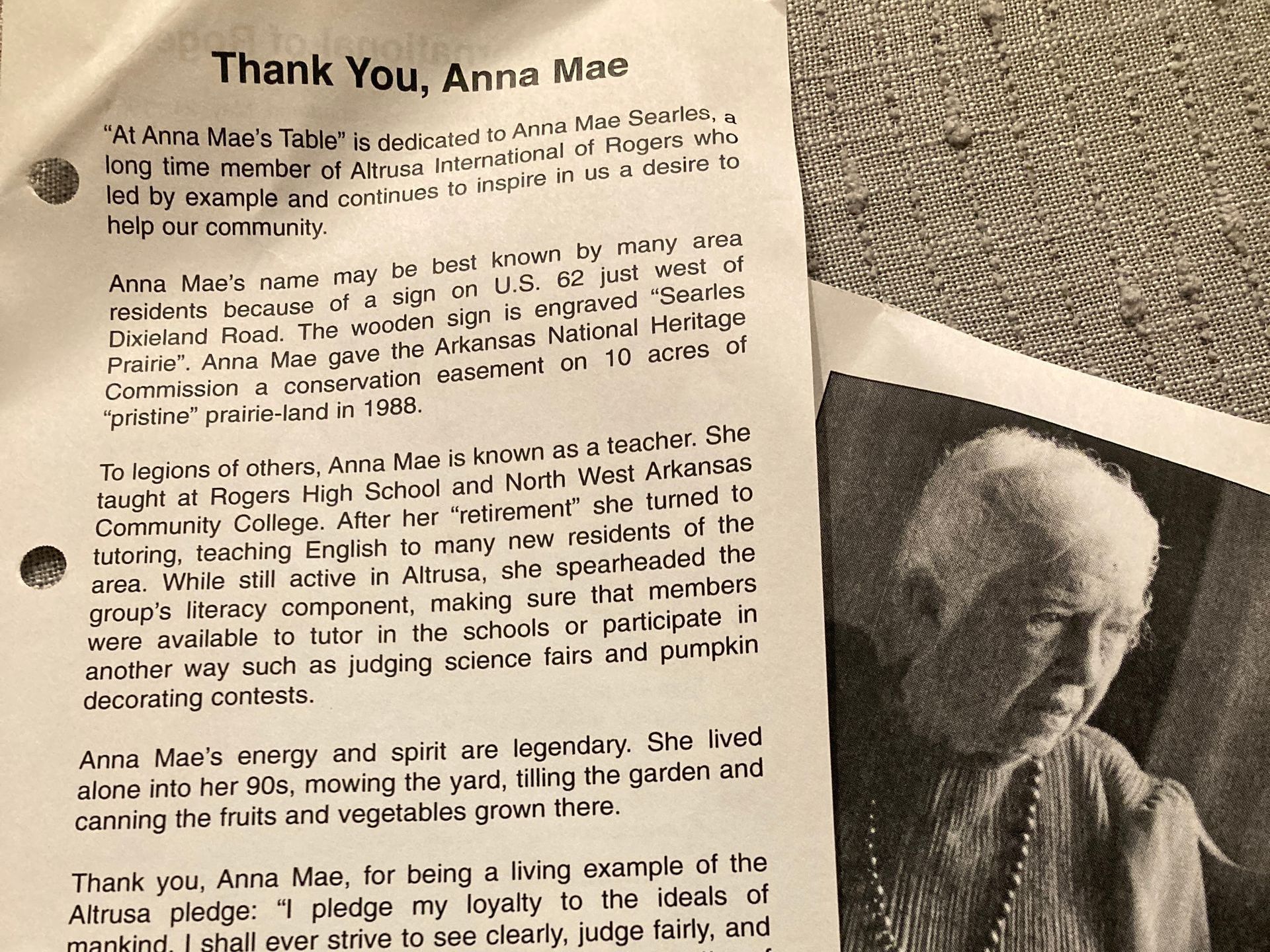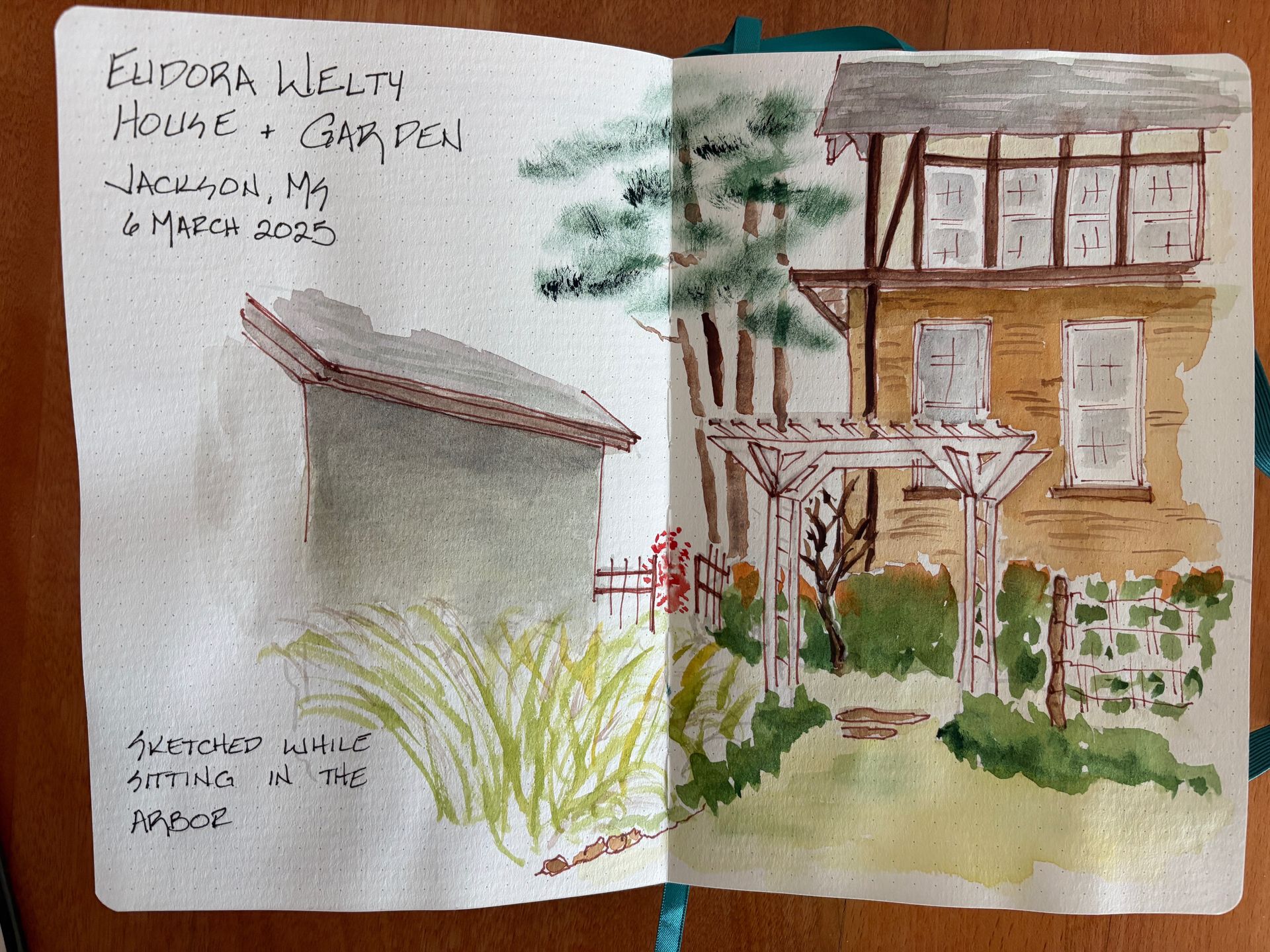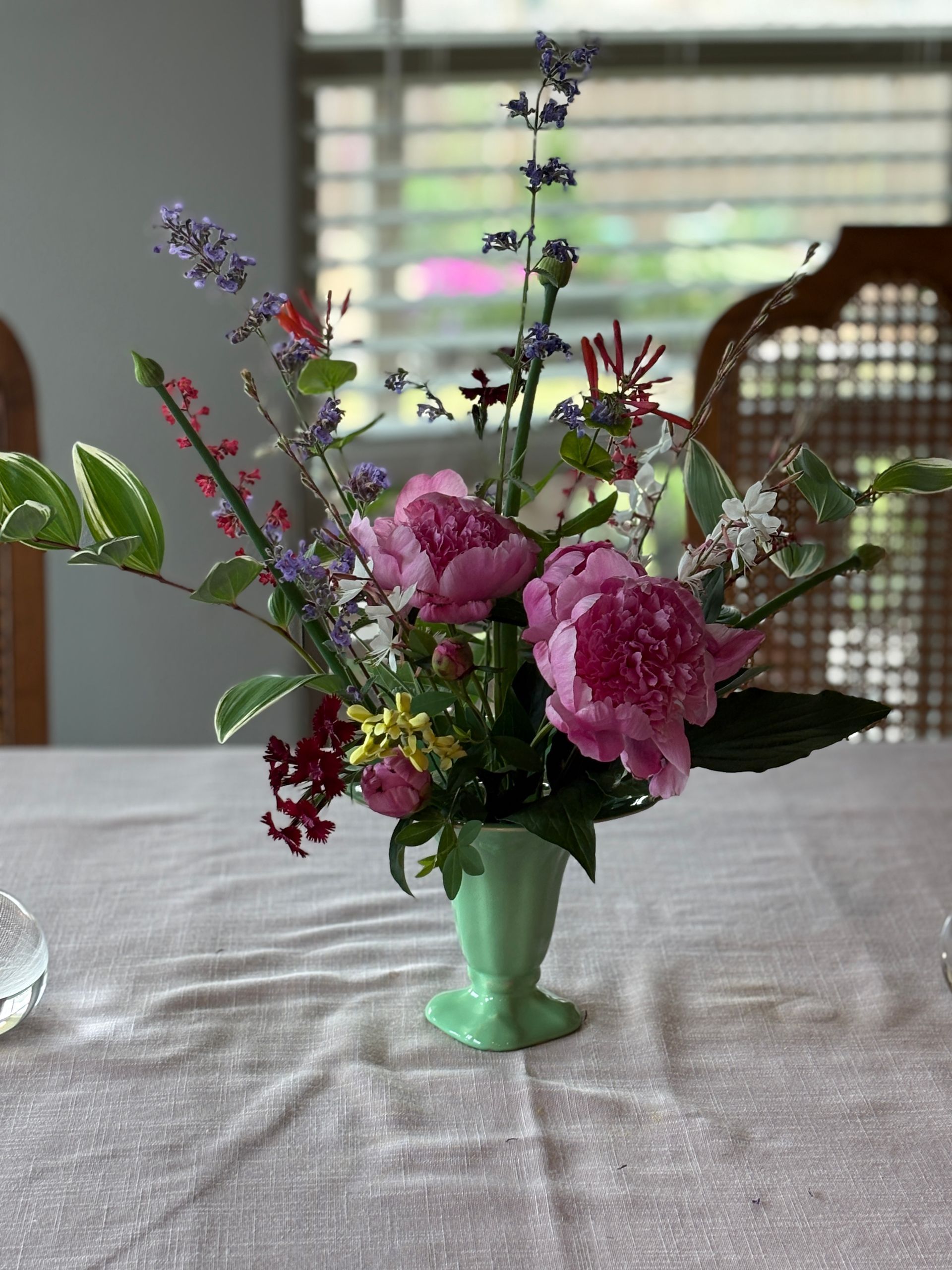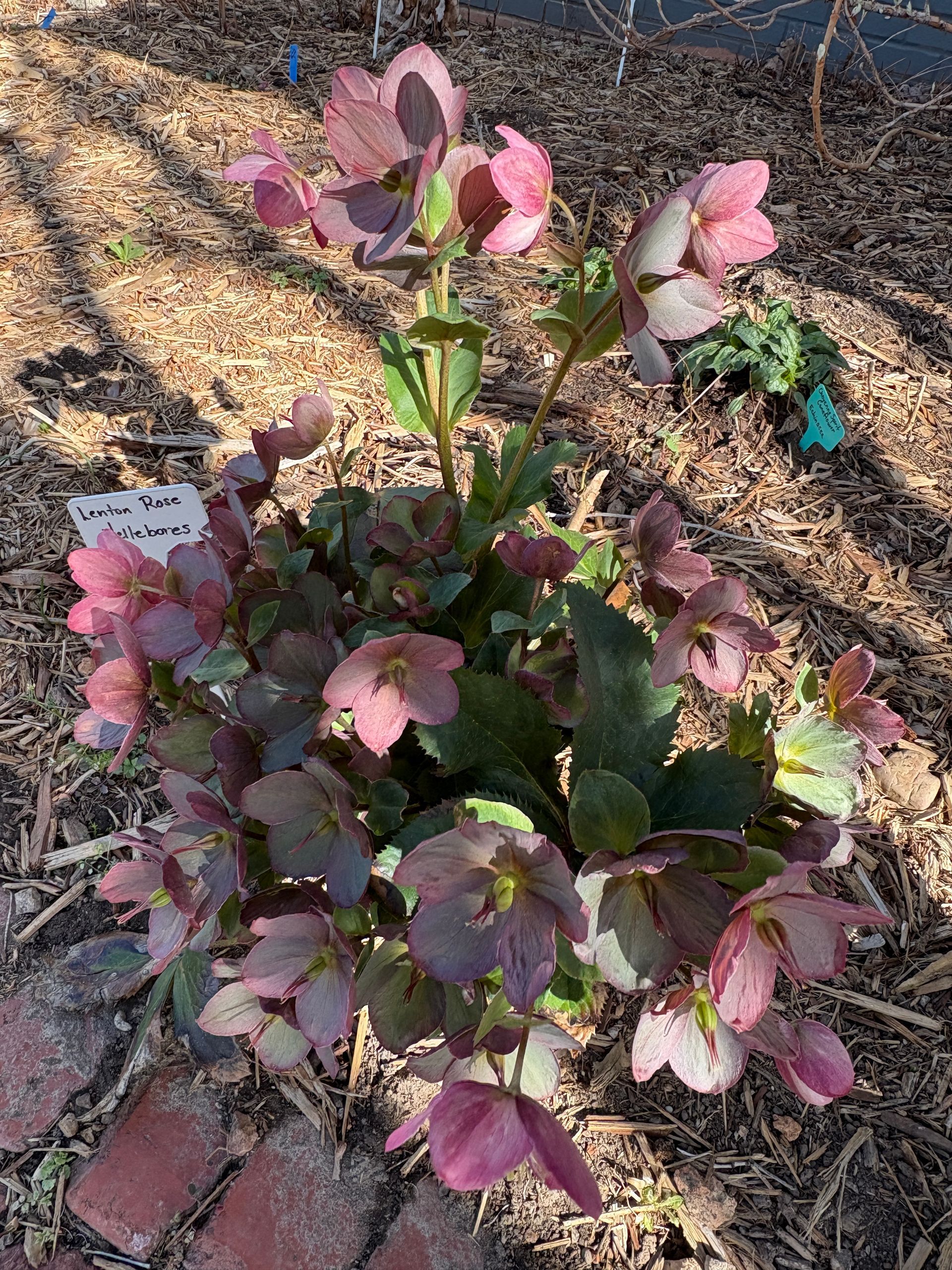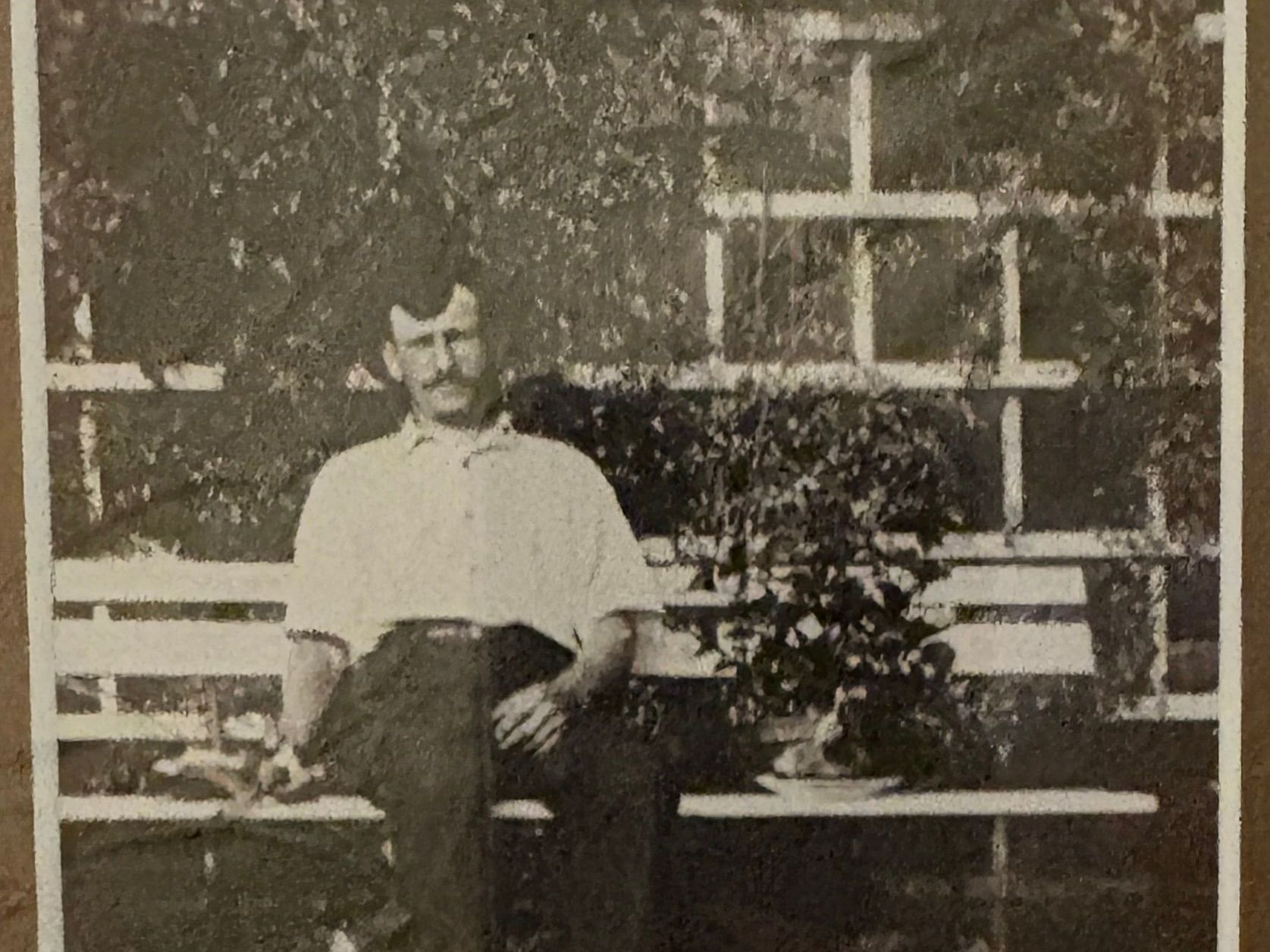Camellias are elegant evergreens for the South
Published in the Athens Banner-Herald on March 9, 2007.
At the time of this writing, The American Camellia Society lists less than 20 recommended nurseries throughout the country; Cofer’s Home & Garden Showplace in Athens is one of them. If you want to see your camellia in bloom before you buy it then this is a good weekend to select from dozens of varieties at Cofer’s. Your only problem will be choosing.
There are 250 species of camellias, all evergreens native to the Orient. Let’s focus on two familiar types of camellias, plus a species camellia well worth adding to the garden. The most common camellias are sasanquas and japonicas.
Sasanqua camellias ( Camellia sasanqua ) bloom at the end of the year, starting to bloom in late fall. The blooms tend to be smaller and more fragrant than the japonicas. The plant tends to be smaller too, maturing at 6 to 10 feet tall, and less cold hardy than the japonicas. One of the most common sasanquas is ‘Yuletide’.
Japonicas ( Camellia japonica ) bloom at the beginning of the year, from almost Christmas until almost Easter. These are blooming now and are at their peak in February. That is when Massee Lane Gardens south of Fort Valley, Georgia and headquarters of the American Camellia Society, holds their annual Festival of Camellias. Maturing at 10 to 20 feet tall, japonicas can take more shade and should be kept out of afternoon sun.
“So which would you recommend?” I asked Stuart Cofer. “Both! That way you have blooms in two seasons. The japonicas do best sheltered from the wind. They prefer morning sun with shade from noon on and love pine shade. Winter sun can scorch the leaves of japonicas planted in deciduous shade. This doesn’t hurt the plant, just looks bad and worries the homeowner. Sasanquas are tougher plants and can take more sun.” There is a 13-year-old treeform sasanqua by Cofer’s main entry – the west side. Of course, all the other conditions must be right. Full sun is easier to take in perfect soil conditions than in Georgia clay. Our warm summer nights are another challenge for camellias. Most resources would recommend afternoon shade for any camellias.
I have seen varieties of Camellia hiemalis and Camellia oleifera (tea oil camellia) in plant sales and nurseries. Both bloom late in the year. Fifty percent of the vegetable cooking oil in Hunan, China is from tea oil camellias, producing an oil similar to olive oil. Tea oil camellia is hardy to zone 6 and a large plant, maturing at 10 to 20 feet like the japonicas. Cold hardy camellias such as this one are a hot item, with gardeners north of us wanting some of the beauty surrounding us.
Tea camellias have been used to make black tea in China since 500 B.C. In fact, the only commercial tea plantation in the United States is in South Carolina and harvests the tea from Camellia sinensis. The Charleston Tea Plantation First Flush Celebration will be held May 12. The ‘first flush’ is when the tiny new leaves push up above the previous years growth, the basis of a once a year special edition tea. Find out more about the festival at www.bigalowtea.com or sample a box of Bigalow’s American Classic Tea, available in area grocery stores. Camellia sinensis is cold hardy into zone 6, does well in shade and matures at four to six feet high. The single, white 11/2-inch blooms with yellow stamens appear in fall. C. sinensis ‘Rosea’ has pretty pale pink blooms.
When you plant a camellia in the ground, follow the instructions found on the American Camellia Society Web site: www.camellias-acs. org. They recommend the top of the rootball be slightly higher than the soil line. Do not cover the top of the rootball with soil, but do cover the entire planted area with mulch. Camellia roots need good drainage and air. The ACS also recommends that the planting hole be at least two feet wider than the rootball and the backfill removed from the hole be placed back into the hole when planting. Many people in Georgia love their plants to death by adding lots of goodies into the holes when planting. If you want to amend the soil, amend the entire bed before planting and make sure that bed is elevated so it drains well (and away from any structure), even after it settles with time.

